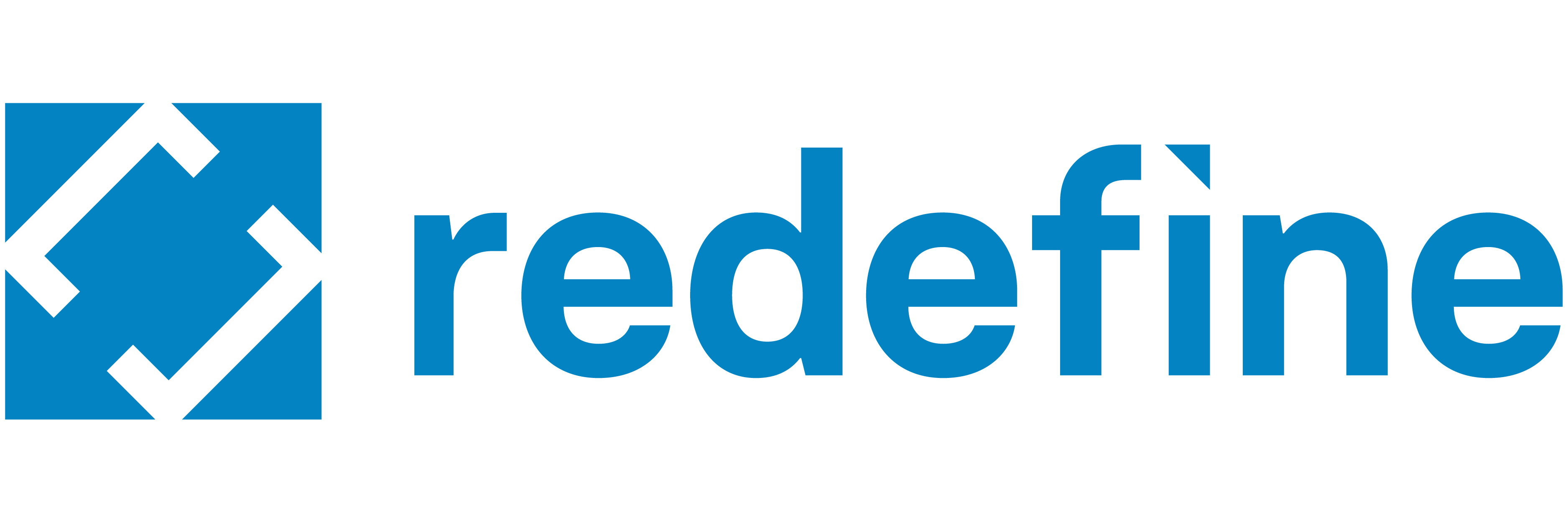For SaaS and tech companies, the internet is both an incredible opportunity and a massive obstacle at the same time. Somewhere out there, potential customers are actively searching for solutions to the exact problems your product solves. The real question is: how can they actually find you? The answer is SaaS SEO.
For technology companies, Search Engine Optimization is more than just another marketing tactic. It’s a fundamental business strategy that basically determines whether your product gets discovered. Unlike paid advertising, a solid SEO strategy builds sustainable organic visibility that keeps adding up over time. It creates a steady pipeline of high-intent leads who are already out there looking for solutions.
If you’re just starting out, the world of SEO can feel overwhelming. But the fundamentals of this SaaS marketing strategy are surprisingly achievable. By following a structured approach and focusing on essentials, any SaaS or tech company can start building the foundation for long-term growth. Here’s how to get started.
Understanding your audience
Before you dive into tools and tactics, you really need to define who you’re trying to reach. SaaS and tech audiences typically include decision-makers like IT managers, developers, CTOs, and startup founders. Each of these personas has their own distinct search behaviors and needs.
The first step in SaaS SEO is finding out what problems your product solves and understanding how these prospects actually search for solutions. This means thinking about the buyer’s journey as the stages of a funnel.
At the top of the funnel, potential customers are just realizing they have a problem and are searching for information for the first time. In the middle of the funnel, they know what type of solution they need and they’re comparing options. At the bottom, they’re ready to make a decision and hit “buy” or “sign up.”
Different keywords mark different stages. Broad informational searches like “how to reduce customer churn” or “best ways to automate invoice processing” indicate early-stage research. Searches like “best CRM for small business” or looking up competitor pricing show they’re comparing their options. Bottom-of-funnel searches like “schedule a demo” or “free trial” indicate purchase intent.
When you match your content to what people are actually searching for, your solution pops up exactly when customers need it most in their decision-making process.
Strategic keyword research
Keyword research is the backbone of any effective SaaS SEO strategy. It’s the act of listening. It uncovers what your audience is searching for, figures out which topics are too crowded to focus on, and points you straight toward the opportunities that are actually worth pursuing.
The key is focusing on user intent, not just search volume. Your product might use technical language internally, but potential customers search using simpler, more practical terms. The goal is to uncover the language that real people use when they’re looking for solutions like your product or service.
Tools like Google Keyword Planner, Ahrefs, and SEMrush make this process pretty manageable. The priority should be identifying high-intent keywords that align closely with your product.
Long-tail keywords are also highly valuable because they tend to be less competitive while attracting more qualified traffic. It’s a lot easier to rank for “best remote collaboration tool for distributed teams” than simply “collaboration tool.”
Learn from your competitors
Competitors who are already ranking for top SaaS SEO keywords have done a lot of the groundwork. A smart analysis of your competitors’ strategy reveals what’s working and (just as importantly) where gaps and opportunities exist.
- Start by searching your priority keywords and noting which companies consistently appear in the results.
- Analyze their websites to understand what content formats they’re using. Do they have mostly blogs? Comparison pages? Case studies? Or is it a mix of different content?
- Look at their backlink profiles to see where their authority is coming from. Are they earning links from industry publications, partners, or authoritative resources?
Pay especially close attention to your competitors’ top-performing blog posts. If a competitor is ranking for a valuable keyword but their content is thin or outdated, that’s a clear opportunity to create something better and more comprehensive. Set up a simple system to “peek over the fence” at your rivals, that helps you track what topics and formats they’re using. This will allow you to focus your energy on creating content that is genuinely different and adds more value.
Building an SaaS SEO content hub strategy
Content is the engine that drives SEO results. But for SaaS and tech brands, just publishing random blog posts isn’t enough. A structured content hub strategy is what separates companies that get traction from those that struggle.
A content hub is an organized collection of related articles centered around a core theme. At the center is a main article, or “pillar page,” which is a comprehensive guide covering a broad topic related to your product. This is where you target high-level, informational keywords.
Supporting the pillar page are cluster pages. These shorter, more focused pieces dive deeper into specific subtopics and link back to the main pillar or page, reinforcing its authority. This internal linking structure helps search engines understand the semantic breadth of your expertise while also guiding readers through any related content.
The most important part of any SaaS SEO content hub is its utility. Your content shouldn’t be a never-ending sales pitch. It should provide real value by answering questions that potential users are asking, or by providing solutions to their problems. When you become the best free resource on a topic, you build trust and become the first place that people think of when they’re ready to buy or invest in a solution.
Optimizing your website for technical SEO
Even the best content won’t rank if your website itself isn’t up to the job. Technical SEO ensures your site can be crawled, indexed, and served effectively to users.
The most critical technical priorities should be site speed, mobile-friendliness, and proper indexing. A slow-loading website frustrates users and hurts your rankings. Tools like Google PageSpeed Insights can identify performance issues that need fixing. Because today’s search happens more and more on mobile devices, responsive design is a non-negotiable.
On-page optimization matters too. Target keywords should appear naturally in titles, headings, meta descriptions, and URLs. Internal linking between any related articles helps search engines understand content hierarchy while helping to guide users through your site.
Setting up Google Search Console and Google Analytics is another non-negotiable. These tools provide insight into how your site is performing, what pages are being indexed, and where traffic is coming from. Without this data, you’re basically flying blind.
Building quality backlinks
Backlinks remain one of the strongest ranking signals in SEO. They work like votes of confidence from other websites, signaling to search engines that your content is valuable and trustworthy.
For tech, quality matters way more than quantity. A single link from a well-respected industry publication carries a lot more weight than dozens of links from low-quality directories.
Earning backlinks requires a proactive approach. Guest posting on industry blogs builds visibility and authority. Partnerships with complementary companies can lead to co-marketing opportunities and mutual linking. Publishing original research, surveys, or industry reports attracts natural backlinks from journalists and bloggers looking for credible data to reference.
Creating link-worthy assets like comparison charts, calculators, templates, or comprehensive guides makes it easier for others to link naturally. The goal is to become a resource that others want to reference and share.
Tracking progress and refining your strategy
SaaS SEO isn’t a set-it-and-forget-it strategy. Consistent measurement and fine-tuning are vital for long-term success.
Key metrics to track include organic traffic growth, keyword rankings, and (most importantly) conversions from organic search. Whether your goal is free trial signups, demo requests, or direct purchases, understanding how SEO contributes to actual business outcomes is crucial.
Tools like Google Analytics and Search Console give you the data you’ll need to monitor progress. Setting up dashboards to track SEO KPIs regularly will allow you to identify what’s working, what isn’t, and where to focus your strategy moving forward.
Building for the long term
It’s easy to feel overwhelmed by SEO, but by breaking it down into manageable first steps, any SaaS or tech company can build a solid base for sustainable growth.
Remember, SaaS SEO starts with understanding your audience, doing thorough keyword research, and studying what your competitors are doing well. From there, it’s about creating valuable content hubs; making sure the technical side of your website is clean, responsive, and fast; and getting other trusted websites to link back to your site.
Unlike quick-fix marketing blasts, SEO is an investment that compounds over time. Every piece of content you publish, every backlink you earn, and every technical tweak you make adds to your authority and visibility. The sooner you start this groundwork, the sooner you’ll see a steady flow of free, relevant traffic, which quickly turns into interested prospects and, ultimately, more customers.
For SaaS and tech startups willing to invest in these fundamentals, SEO isn’t just another marketing task. It’s a competitive advantage over your competition.
Whatever area of digital marketing you want to explore, Redefine Marketing Group knows how to make your company stand out from the rest. Get in touch with us today to discover how we can help you grow your reach and strengthen your online presence.





